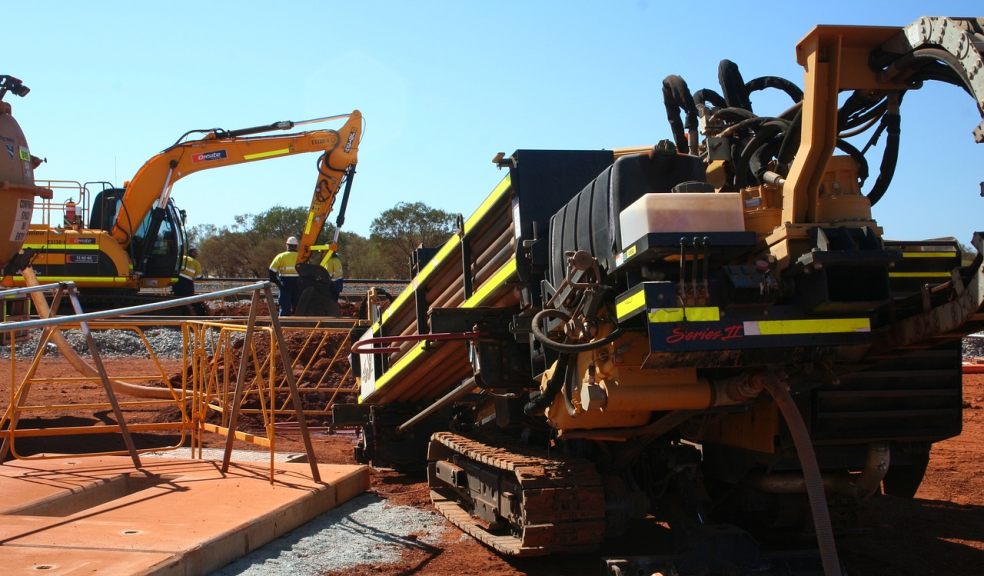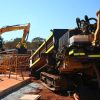
What is Directional Drilling and How Does it Work?
Directional drilling, also known as horizontal directional drilling (HDD), is a technique used for installing underground pipes, conduits and cables. This method involves the use of specialised tools and equipment to drill horizontally or at an angle through soil and rock. It allows for the installation of pipelines in areas with limited accessibility due to environmental or topographical restrictions.
It is essential to hire an experienced and knowledgeable team such as Sedds directional drilling in order to guarantee a successful installation.
Operation of Directional Drilling
The process begins with a pilot bore, which is used to determine the best path for the pipe or cable installation. This pilot hole is typically smaller and shallower than the intended depth of the final installation. The tools used to create this pilot bore can range from traditional rotary drilling rigs to specialised tools, such as steering motors and bent housings.
Once the pilot hole is established, a larger borehole can be created at the desired angle, which allows for the installation of large diameter pipes or cables. This drill bit is connected to a down-hole motor that allows for precise directional guidance. The motor is powered by a fluid, such as air or water, which helps to increase the accuracy of the borehole.
Common Applications for Directional Drilling
It is commonly used for a variety of applications, including:
• Installing underground utility lines. Directional drilling can be used to install pipelines, electrical conduits and communications cables in areas where traditional excavation methods are not feasible.
• Creating access points for oil and gas wells. This method can also be used to create access points for oil and gas wells in remote locations, allowing for the extraction of resources without disturbing the surface environment.
• Underground construction projects. This type of drilling can be used to install conduits for civil engineering projects such as tunnels, bridges and other underground structures.
Advantages of Directional Drilling
This method can be used to access areas that would otherwise be inaccessible due to environmental restrictions or other obstacles. This method allows for a more efficient and cost-effective installation of pipelines, conduits and cables. It also minimises disruption to the existing environment, since it can be performed with minimal surface excavation. Furthermore, directional drilling can reduce installation time and lead to fewer delays in projects that require underground construction.
Challenges and Risks in Directional Drilling
Although directional drilling has many advantages, it also presents some challenges and risks. It is an inherently complex operation that requires specialised skills and knowledge in order to be performed successfully. Furthermore, the unpredictable nature of underground terrain can lead to unexpected obstacles or complications during the process. Additionally, there is always a risk of damaging existing underground utilities if the drilling is not performed with care.
Conclusion
Directional drilling is a powerful tool when it comes to installing underground pipelines, conduits and cables. It offers many advantages over traditional excavation methods, such as time efficiency and minimal disruption to the environment.
However, this method is an inherently complex operation that requires specialised skills and knowledge, and there are always risks associated with the process. For these reasons, it is important to hire a qualified team that has the experience and expertise necessary to ensure a successful installation.

















